STUNNING Bach Auricon Cine-Voice Pro-600 16mm Optical Sound Movie Camera Package
RUNS LIKE IT IS NEW! SO QUIET, ESPECIALLY WITH THE DOOR CLOSED! LOOKS NEAR NEW! Judge for yourself!
Ready to display in your Home, Man Cave, Shop, Office, Museum, Collection!
PACKAGE INCLUDES:
- Power Cable
- Amplifier Cable
- 2x 400ft mags
- TRIPOD NOT INCLUDED
It’s just gorgeous. PERFECT FOR DISPLAY or MOVIE PROP. Runs perfectly, like it was new. Have it retrofitted to shoot straight 16mm film.
LENS:
- Fujinon 12.5-75mm Zoom C-Mount Lens
- NO scratches, haze or fungus
- Aperture and focus working nicely
PACKED AND READY TO SHIP TO YOUR DOOR!
Labs associated with print found to a final release print are not used. This camera can be used with regular 16mm film stock and sync to external audio for later digital edits.
The Auricon can also be used just as a regular film camera. CP-16 and Auricon are very similar. The CP-16 and CP-16R camera use Auricon parts for their movement. Many CP cameras can be opened up to find “Bach-Auricon” stamped right inside.
See pics (last 2 of the Auricon brochure are from archive.org for reference)
Self-blimped for completely quiet studio-operation. The whisper-quiet film-flow of the “AURICON PRO-600” is silent proof of precision design. Your sound-recording microphone never picks up camera noise, when you are using a “PRO-600.” Synchronous Motor Drive for “Single-System” or “Double-System” Recording, at standard Sound-film speed of 24 frames per second. iC Auricon-Electromatic Take-up provides completely dependable film-flow without friction-clutches or slipping belts. A small amount of tension is applied to the “take-up” spool of film even when the camera- drive-motor is turned “off.” This keeps the film-loops tight between the recording-sprocket and the take-up magazine, insuring dependable film-flow and take-up at all times.
Auricon cameras were 16 mm film Single System sound-on-film motion picture cameras manufactured in the 1940s through the early 1980s. Auricon cameras are notable because they record sound directly onto an optical or magnetic track on the same film as the image is photographed on, thus eliminating the need for a separate audio recorder. The camera preceded ENG video cameras as the main AV tool of television news gathering due to its portability–and relatively quick production turn-around–where processed negative film image could be broadcast by electronically creating a positive image. Additionally, the Auricon found studio use as a ‘kinescope’ camera of live video off of a TV screen, but only on early pre-NTSC line-locked monochrome systems.
Auricon cameras were used primarily by news and documentary filmmakers. They had also found favor with independent and experimental filmmakers such as Paul Morrissey because of their ability to record long takes with sound on film. Eventually, they were replaced by lighter, self blimped battery powered reflex cameras such as the CP-16, which also had the ability to record sound on film.
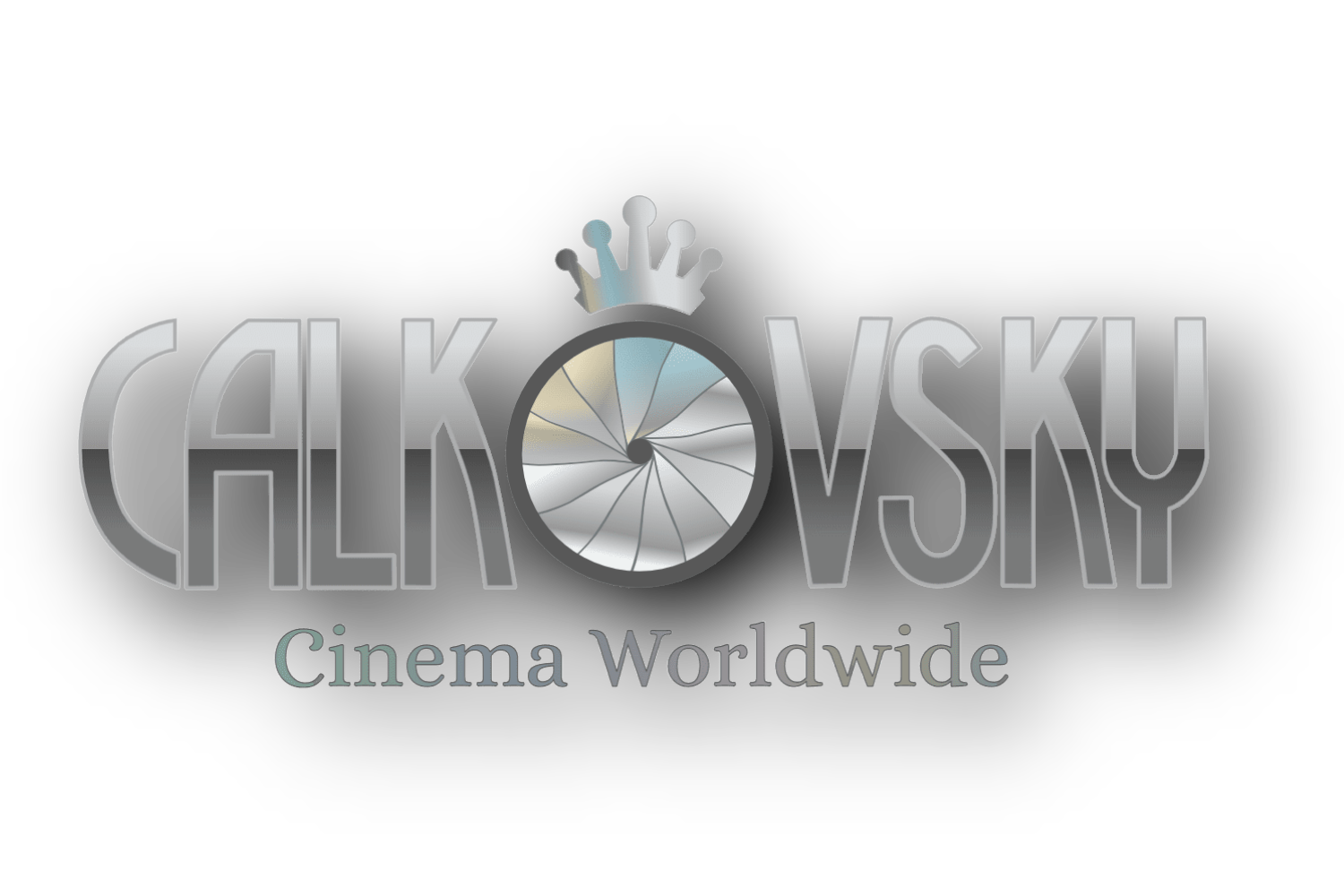
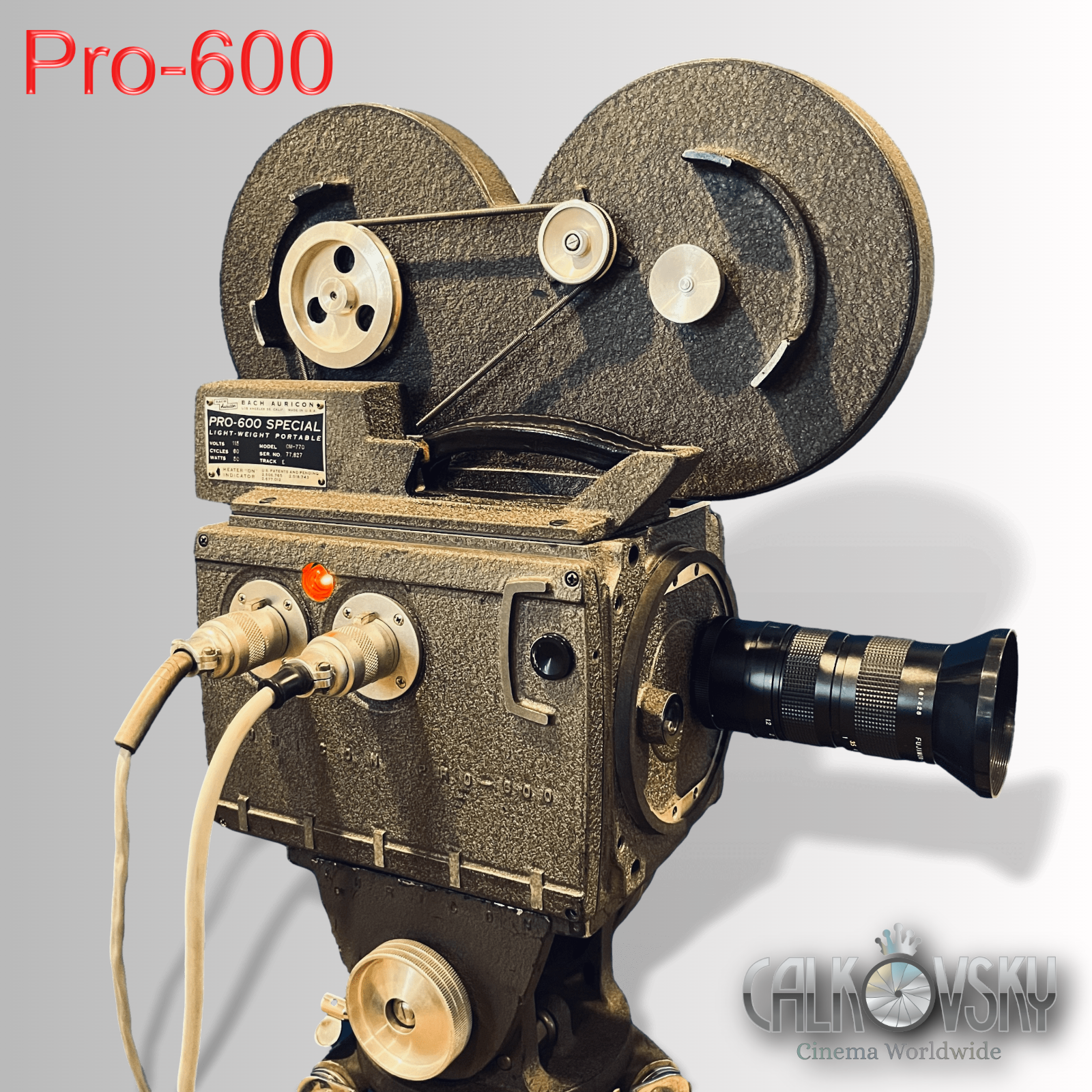
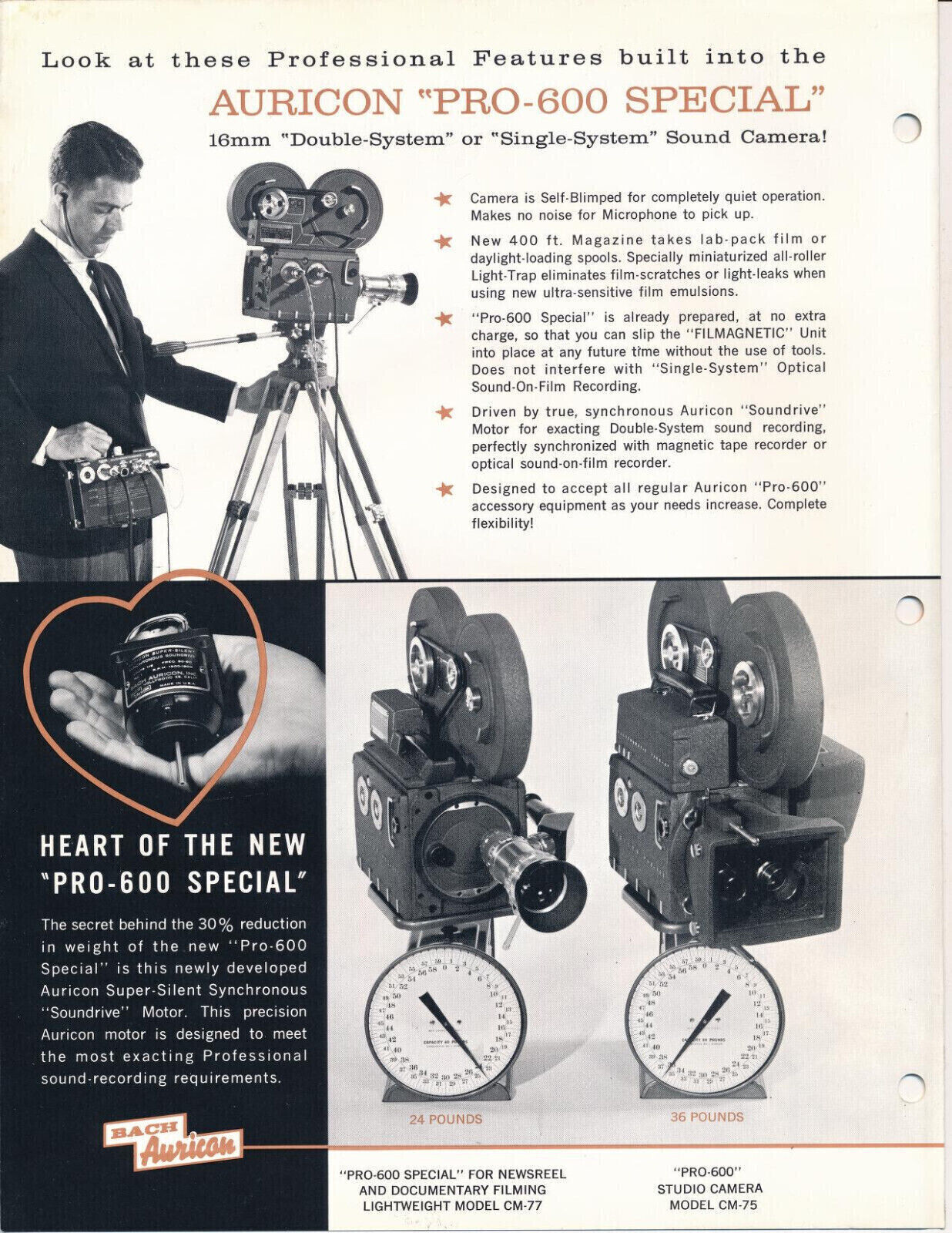
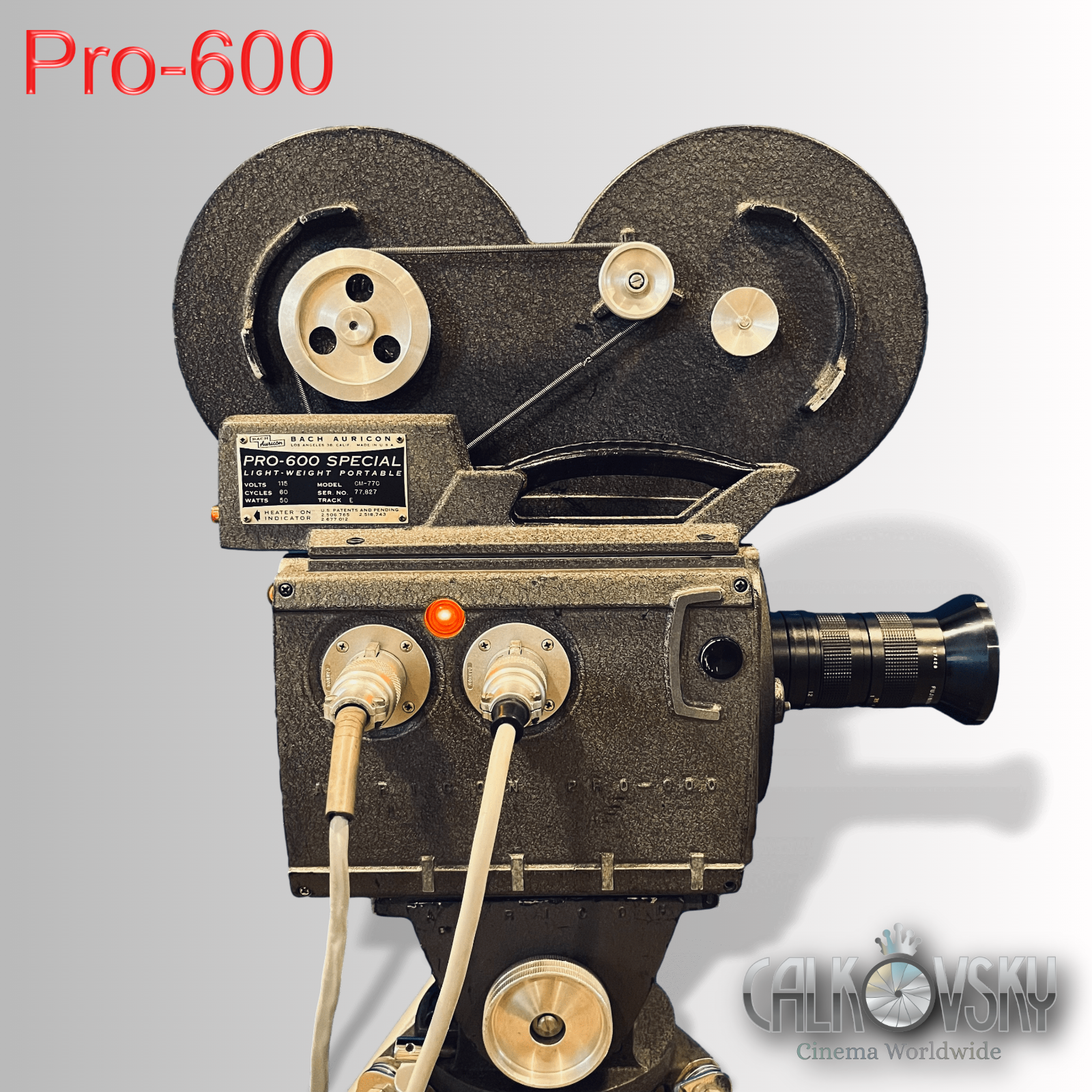
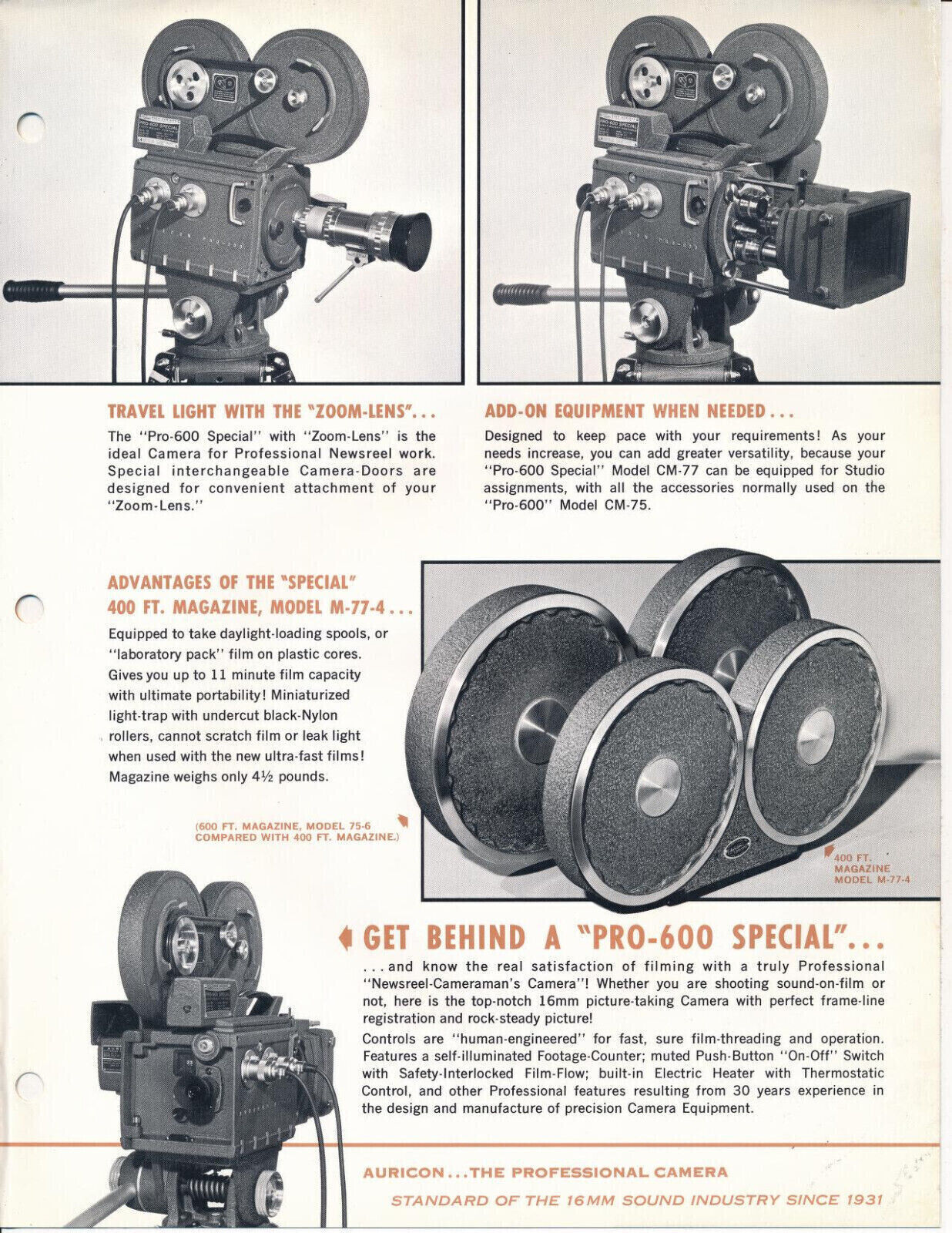
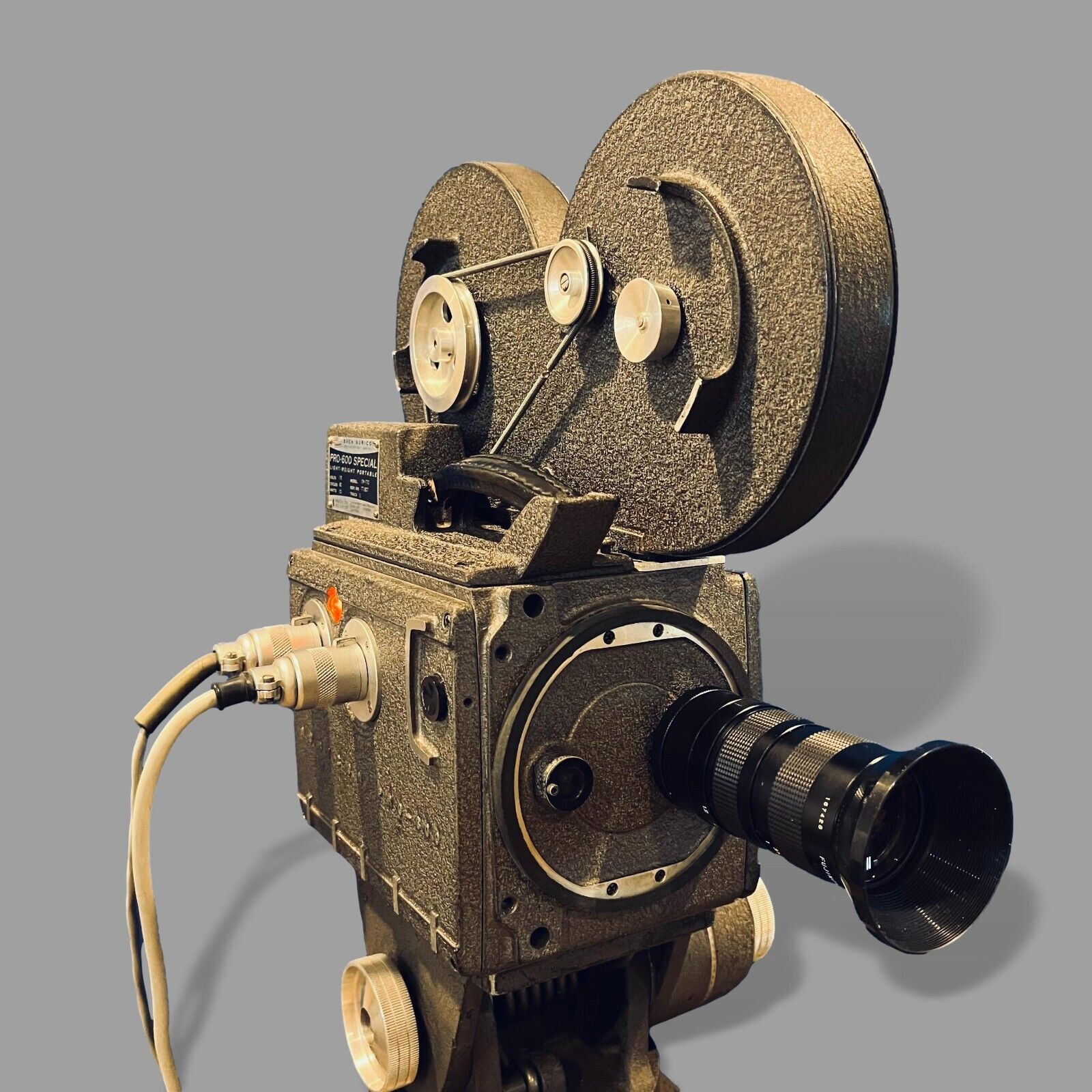
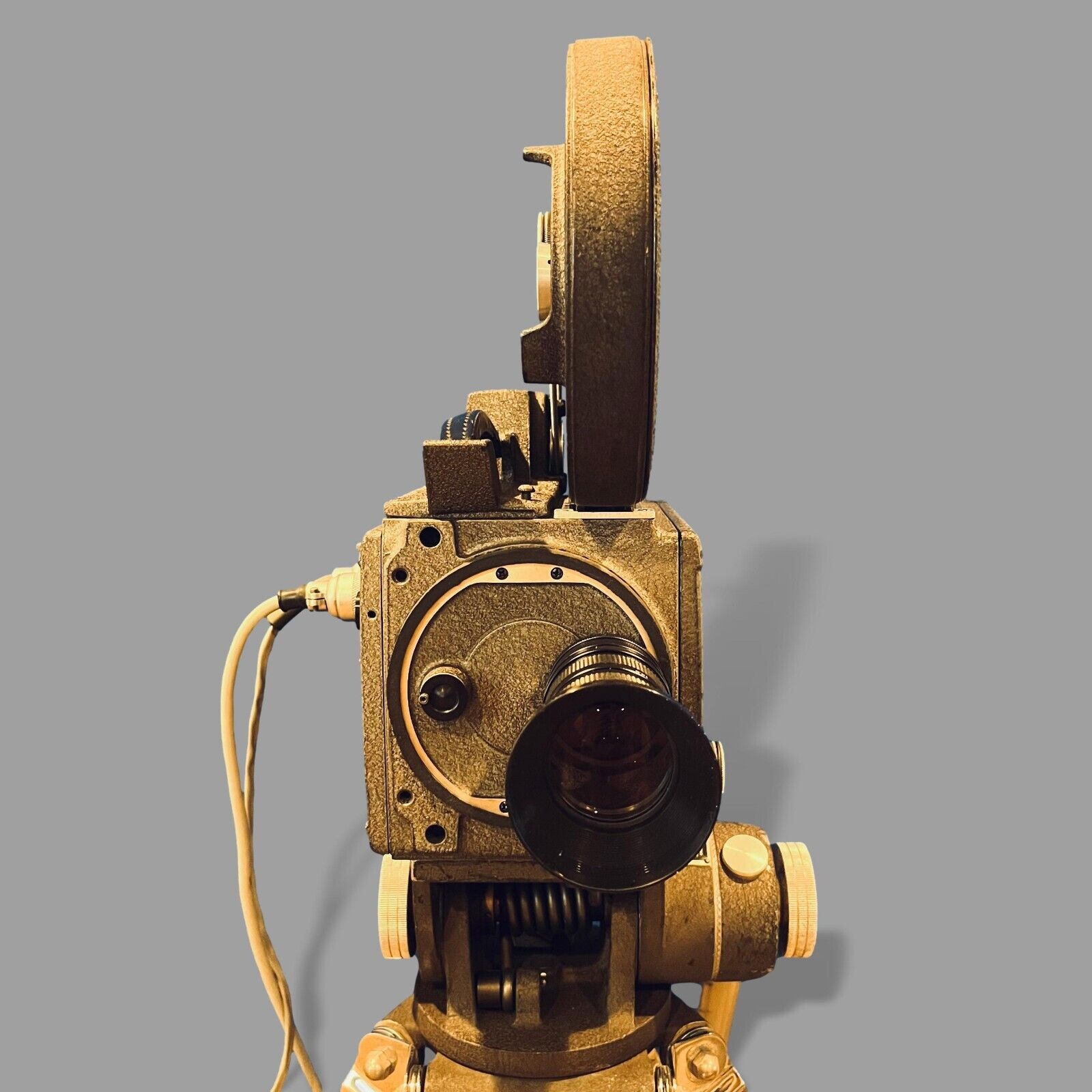
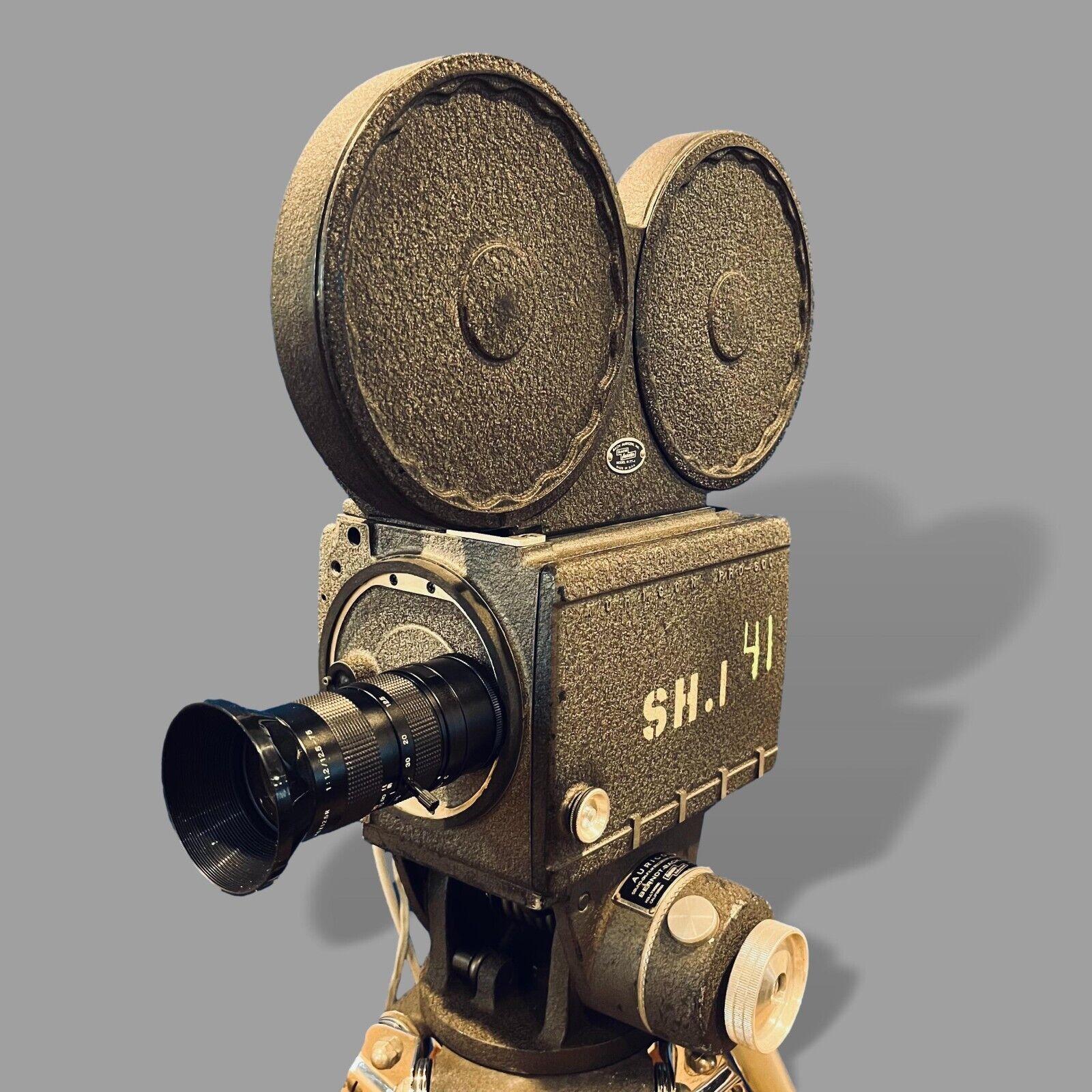
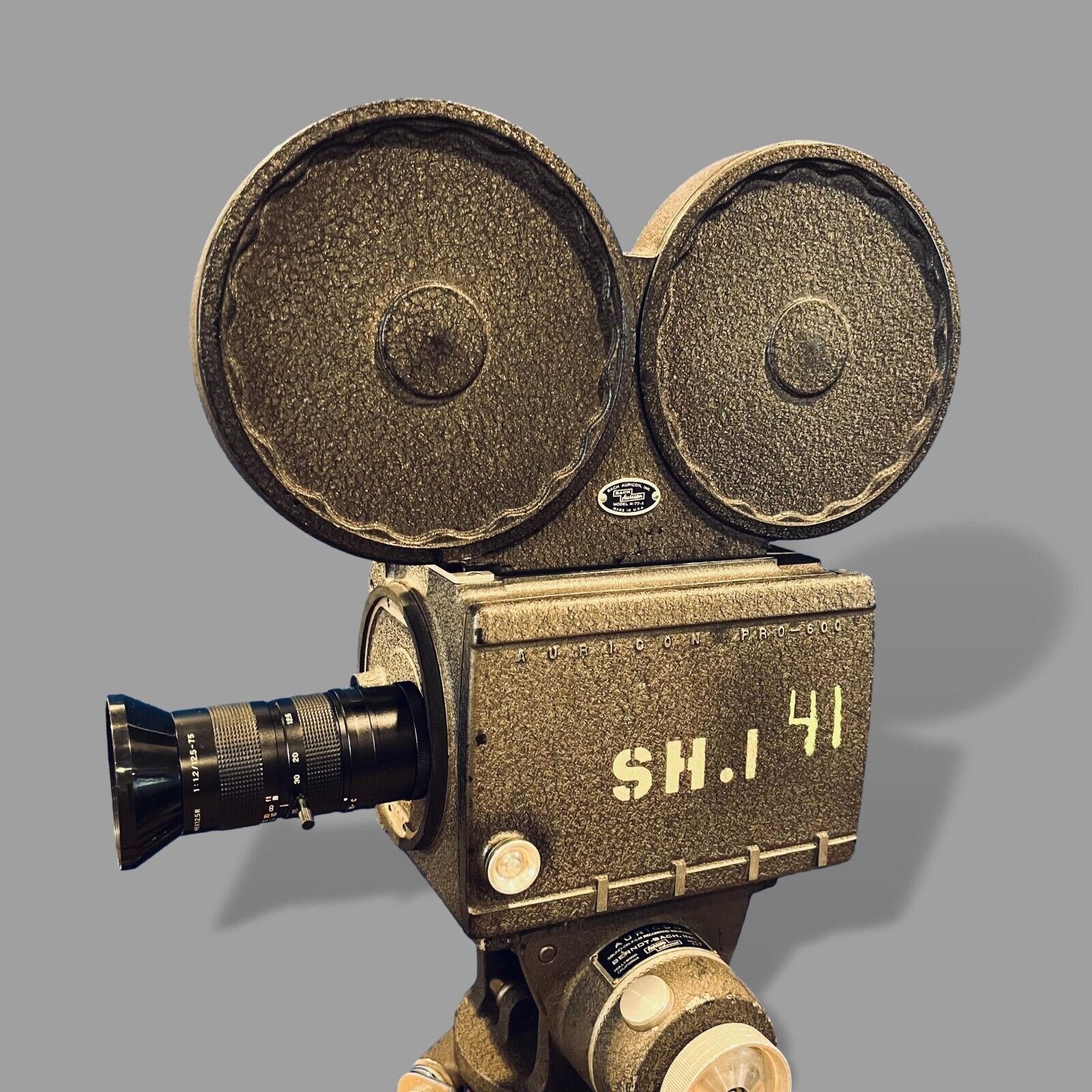
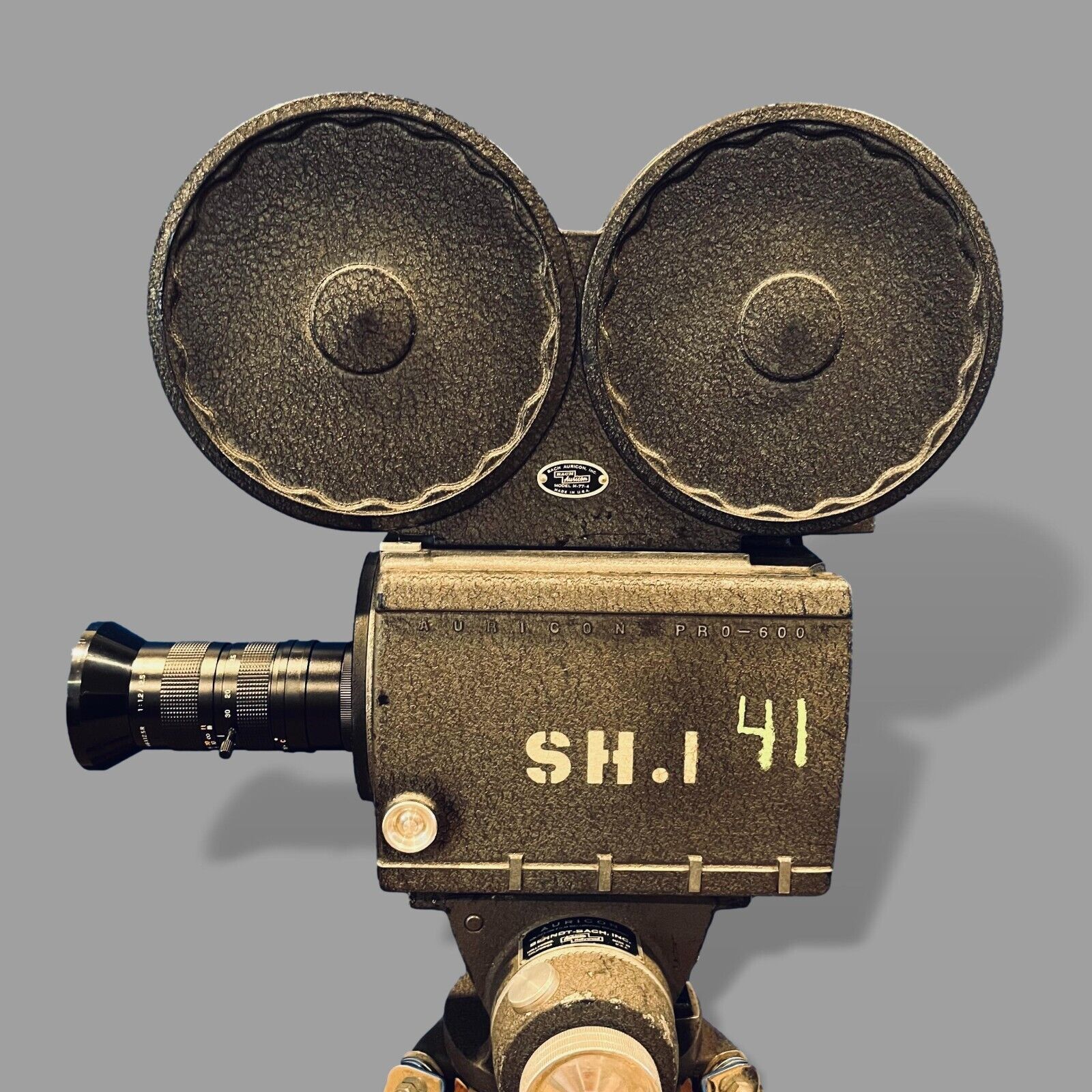
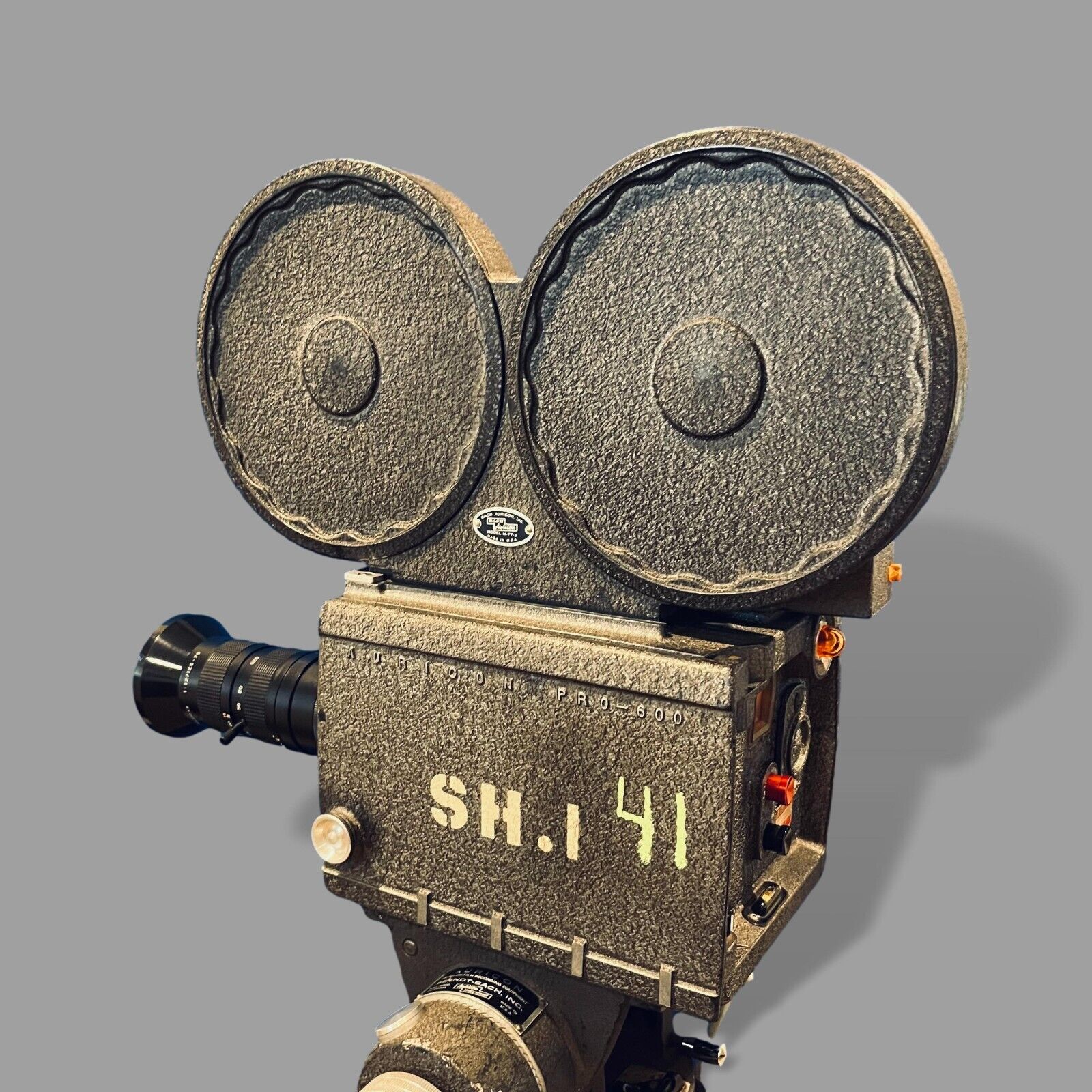
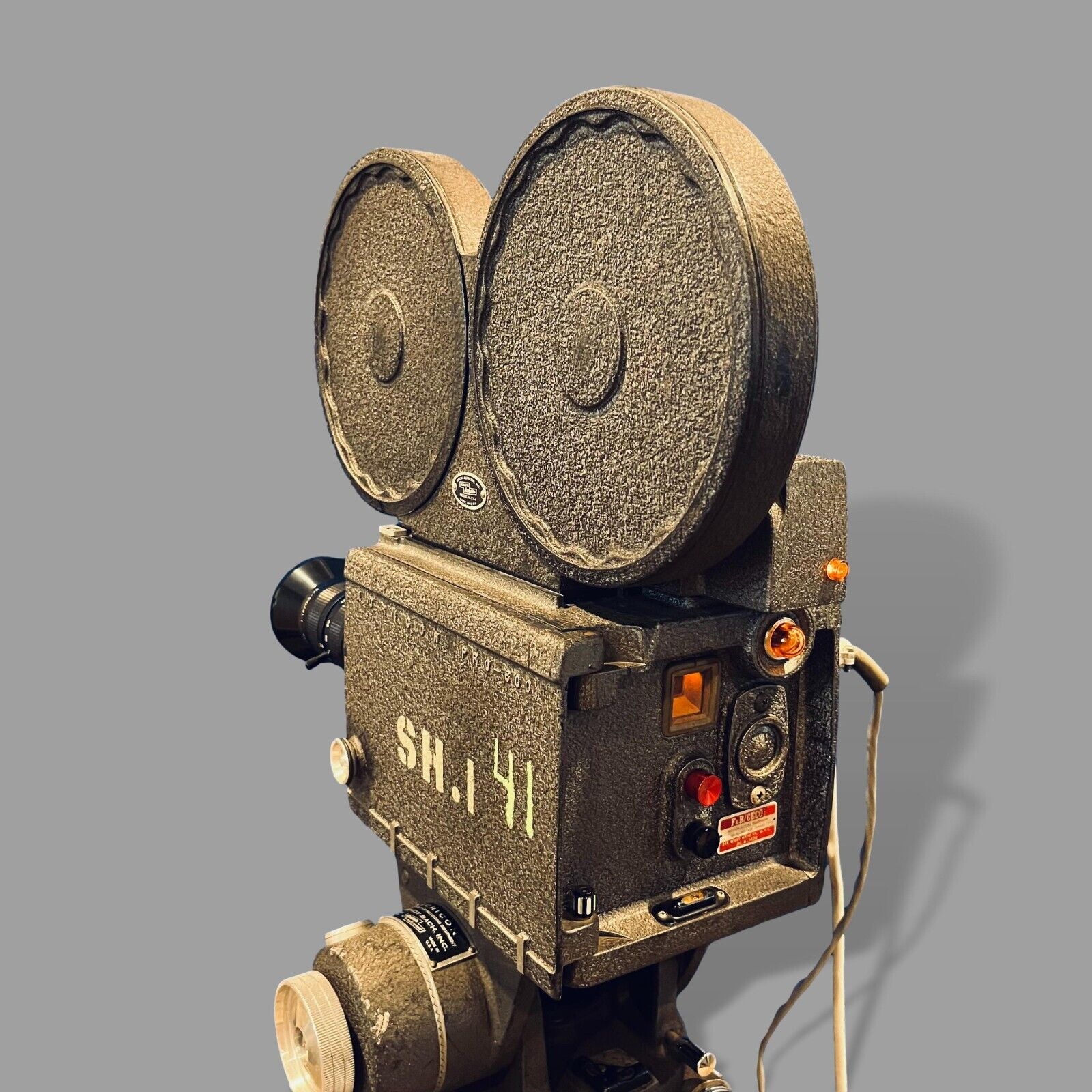
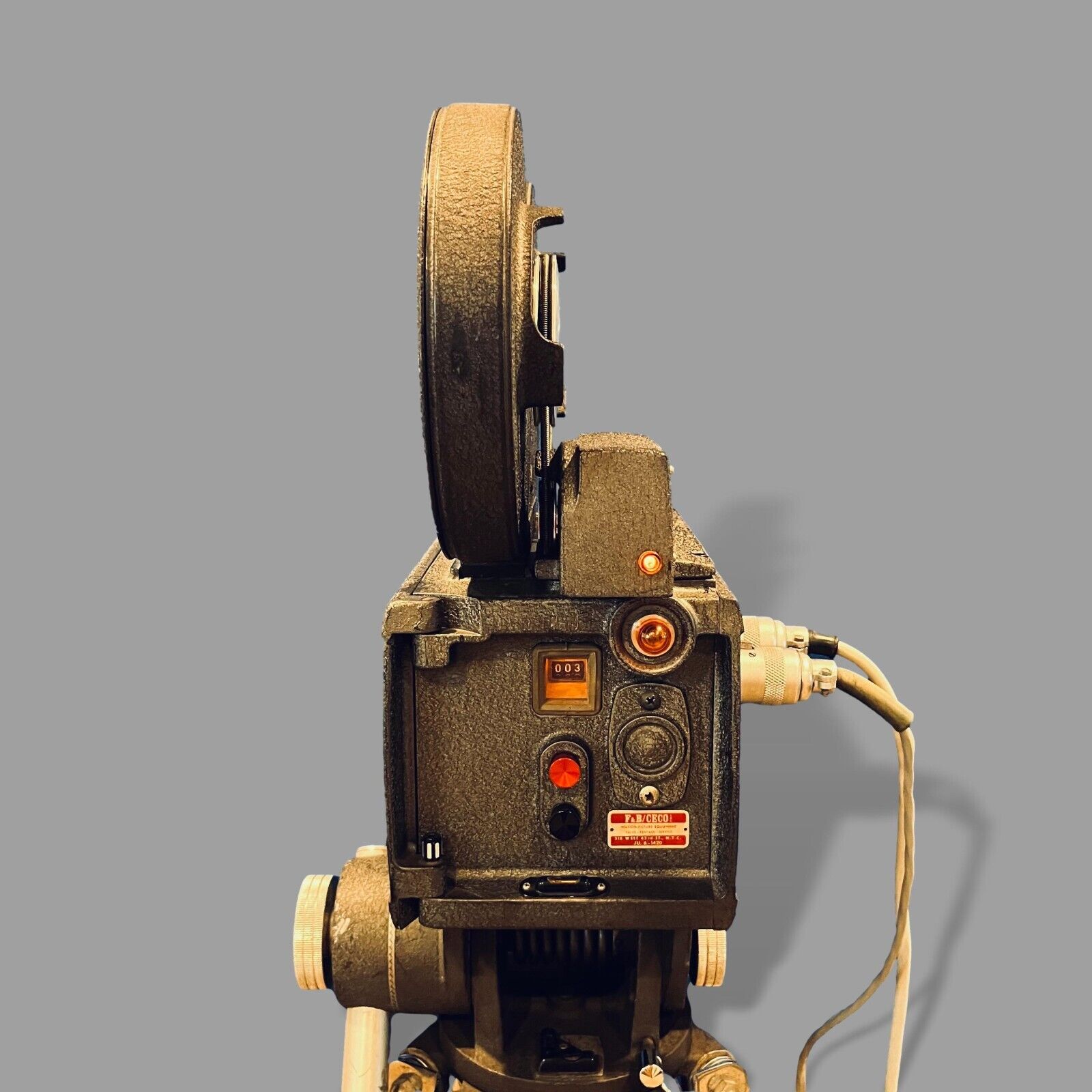
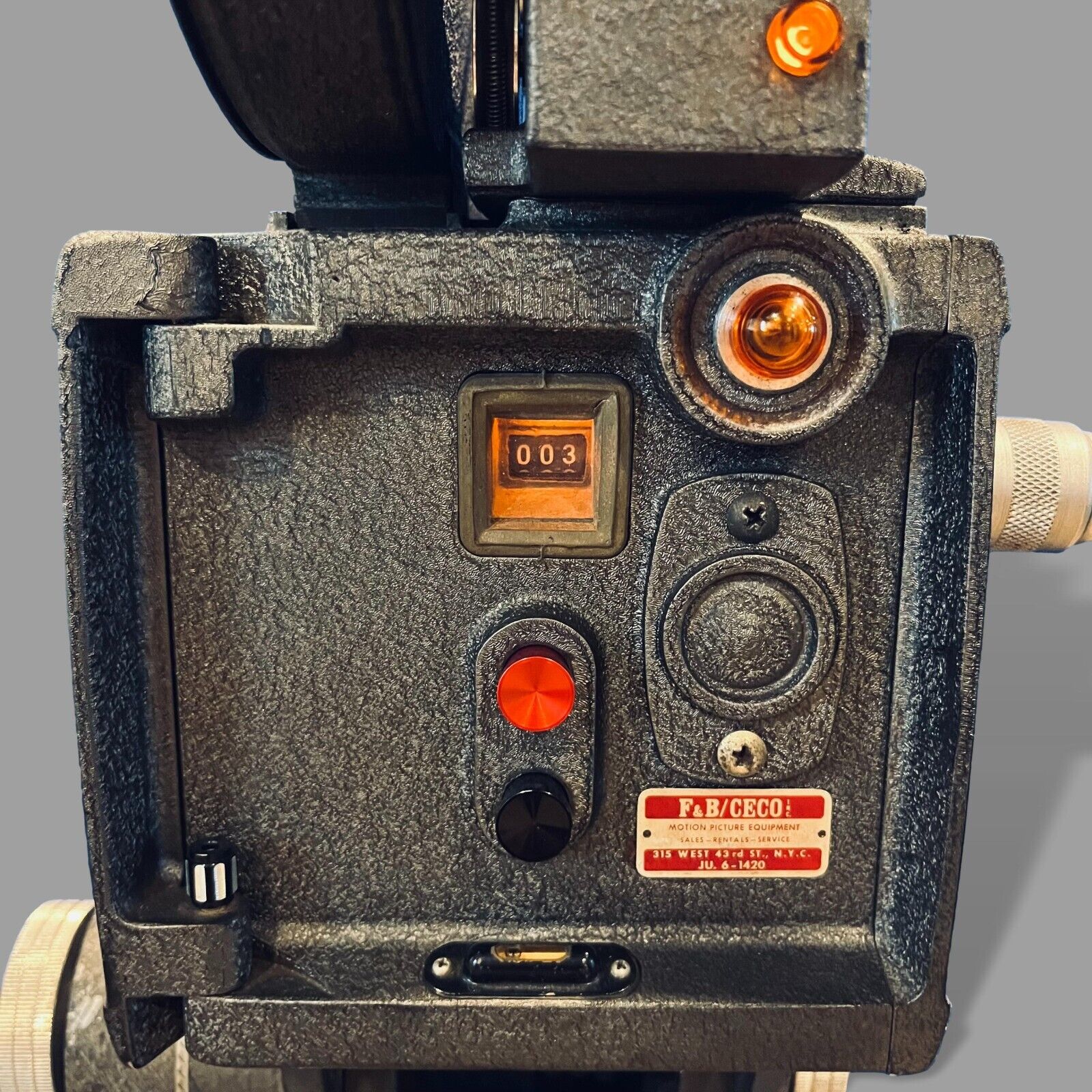
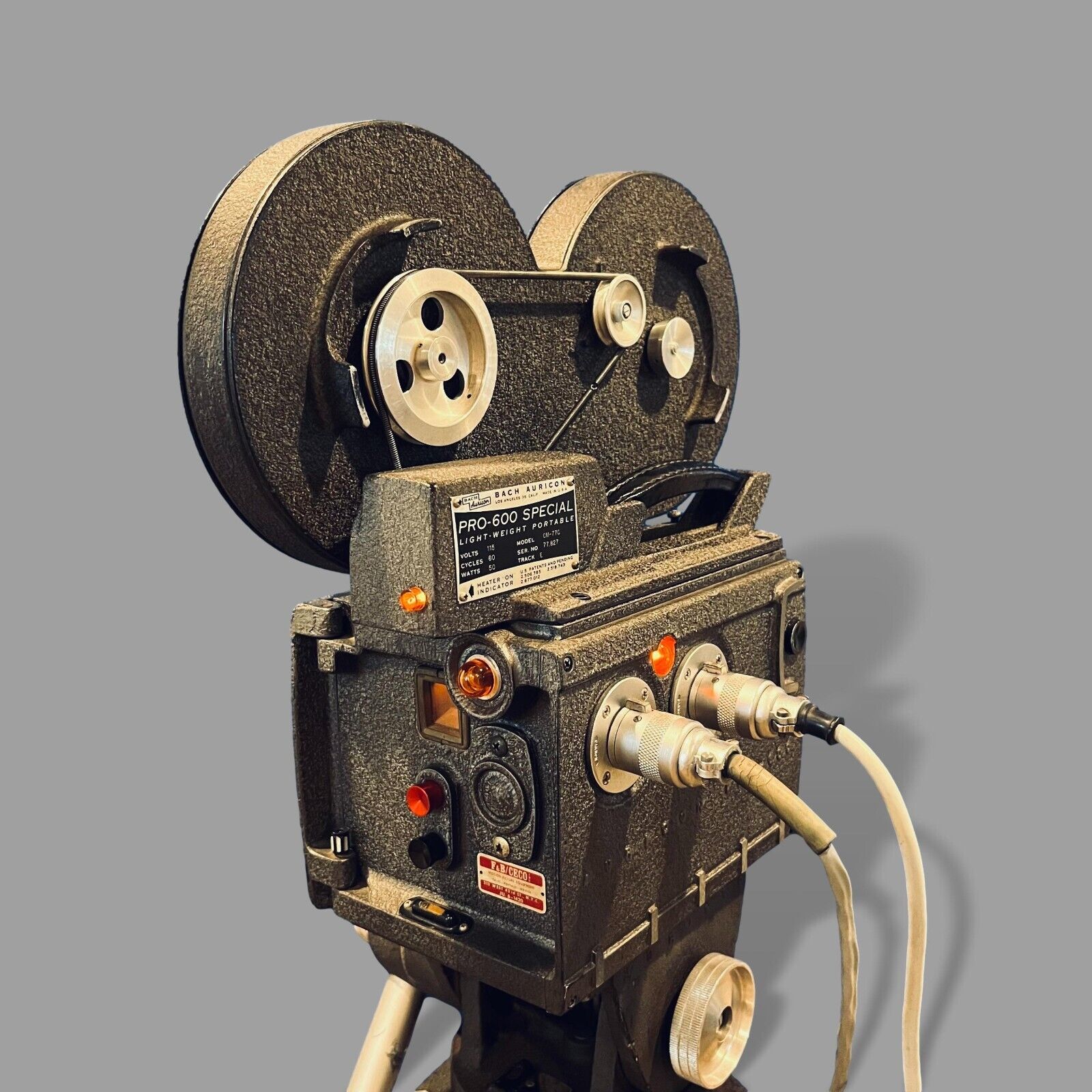

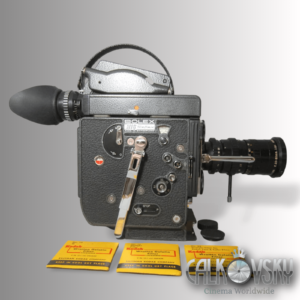
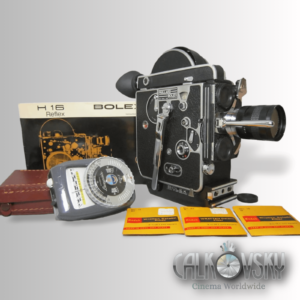
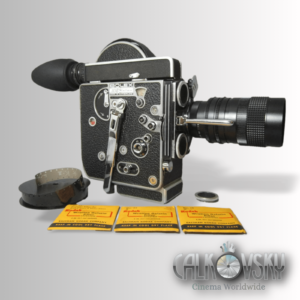
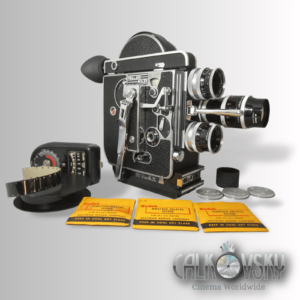
Reviews
There are no reviews yet.